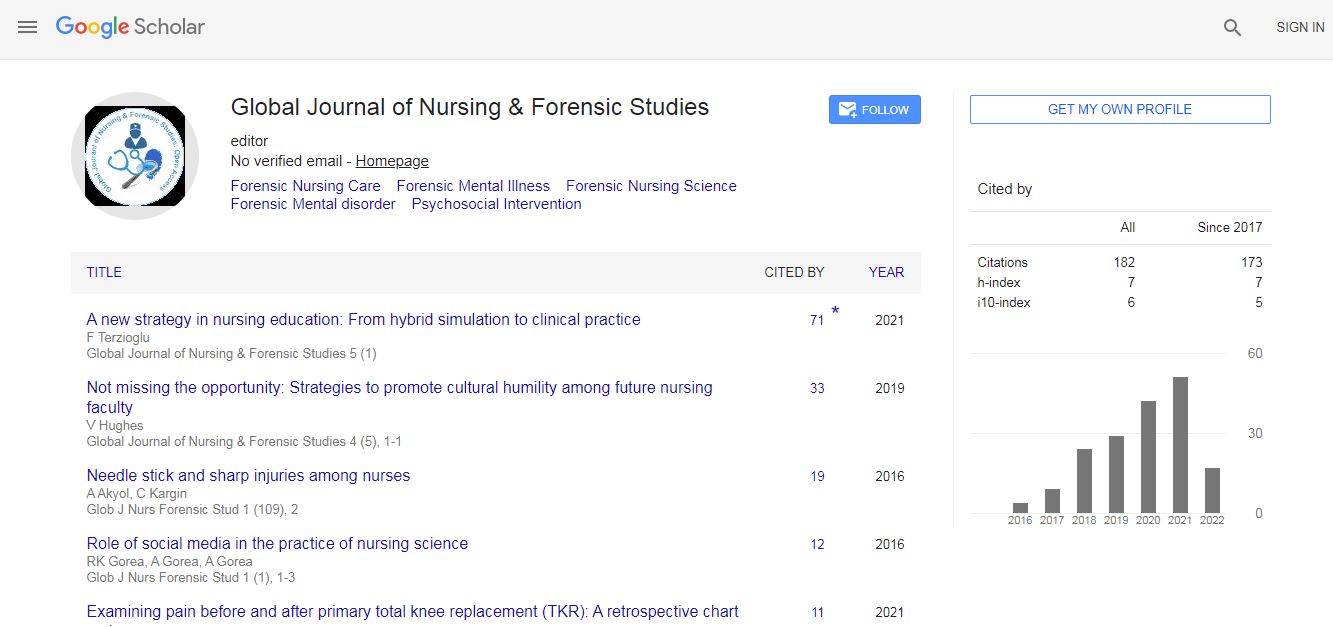Our Group organises 3000+ Global Conferenceseries Events every year across USA, Europe & Asia with support from 1000 more scientific Societies and Publishes 700+ Open Access Journals which contains over 50000 eminent personalities, reputed scientists as editorial board members.
Open Access Journals gaining more Readers and Citations
700 Journals and 15,000,000 Readers Each Journal is getting 25,000+ Readers
Google Scholar citation report
Citations : 82
Optometry: Open Access received 82 citations as per Google Scholar report
Indexed In
- Google Scholar
- RefSeek
- Hamdard University
- EBSCO A-Z
- Euro Pub
- ICMJE
Useful Links
Recommended Journals
Related Subjects
Share This Page
Impact of myopia on macular thickness: An optical coherence tomography study of young Sudanese
World Congress and Expo on Optometry & Vision Science
Raghda Faisal, Abdelfatah Mutwaly and Mohammed Elhassan Ali Elawad
Alneelain University, Sudan
ScientificTracks Abstracts: Optom Open Access
Abstract
Aim: The aim of the study is to investigate the changes in macular thickness of myopic eyes using spectral domain optical coherence tomography (OCT). Methods: A prospective cross-sectional study was performed in 100 young Sudanese patients (15-30 years) with myopia in period from June to December 2015 at Makkah Eye complex, Khartoum, Sudan. Patients were divided into three groups according to their refractive error and axial length: low and medium myopia (LMM), high myopia (HM) and super high myopia (SHM). A ccomprehensive ophthalmic examination was performed; including measurement of visual acuity, refraction, and axial length. Subjects with ophthalmic abnormalities were excluded. Thus, Carl Ziess OCT was used to evaluate total macular thickness, foveal thickness, parafoveal and perifoveal thickness and macular volume. The differences among experimental groups were analyzed by one-factor analysis of variance. However, associations between macular thickness and refractive error/axial length were analyzed by Pearson├ó┬?┬?s correlation analysis. Results: The study revealed that there was no significant difference in age among the three groups (p=0.278). The mean of refractive error in the LMM, HM, and SHM was -3.11├?┬▒1.20 D, -7.49├?┬▒1.03 D and -16.58├?┬▒5.00 D, respectively (p<0.001). The foveal thickness of the three groups was 236.38├?┬▒20.80 ├?┬╝m, 245.43├?┬▒29.55 ├?┬╝m and 258.93├?┬▒32.38 ├?┬╝m, respectively, and there was statistically significance between the groups. In addition, the total macular thickness, parafoveal and perifoveal thickness, and macular volume decreased with increased myopia and axial length. Whereas, foveal thickness has negative correlations with refractive error and axial length (p<0.001). Conclusion: When myopia and axial length increase the foveal thickness increase. In contrast parafoveal, perifoveal and total macular thickness decreased. Also the macular volume decreased.Biography
Raghda Faisal is a student of optometry at Alneelain University, Sudan.
Email: ragda83@life.com

 Spanish
Spanish  Chinese
Chinese  Russian
Russian  German
German  French
French  Japanese
Japanese  Portuguese
Portuguese  Hindi
Hindi 